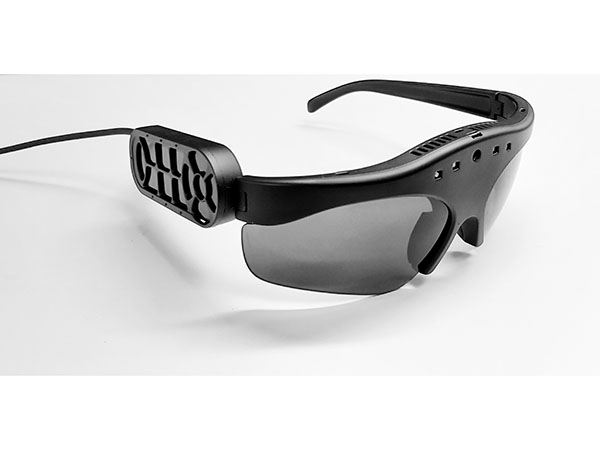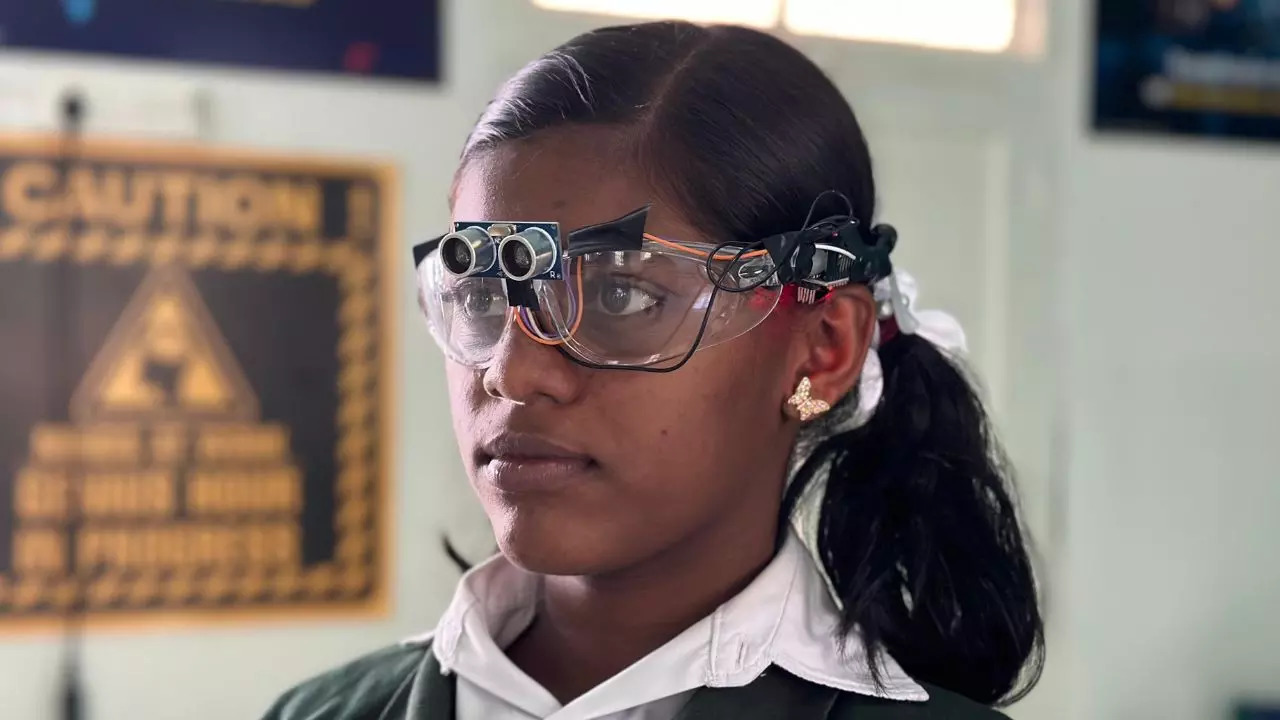Mobility Aids for Visually Impaired Users: Enhancing Independence and Navigation
Mobility Aids for Visually Impaired Users: Enhancing Independence and Navigation
Blog Article
Innovative Solutions in Assistive Technology for Visual Problems
The landscape of assistive modern technology for visual disability is progressing swiftly, presenting a range of ingenious remedies that boost access and independence. From sophisticated mobile phone applications that promote navigating to wearable gadgets made for real-time guidance, these tools are reshaping the experiences of those with visual impairments.
Developments in Mobile Phone Applications
Recently, advancements in smartphone applications have considerably transformed the landscape of assistive technology for people with aesthetic problems. These applications utilize the powerful sensing units and capacities of modern mobile phones to supply individuals with tools that enhance freedom and accessibility in their lives.
Remarkable among these innovations are applications designed for object recognition, which utilize the smartphone's camera to recognize things and offer verbal summaries. Such features empower customers to browse their environments more effectively, whether recognizing products in stores or situating individual possessions in the house. In addition, text-to-speech applications have boosted dramatically, making it possible for individuals to capture published text via their gadget's camera and obtain instant sound comments, therefore promoting reading and understanding.
Navigation applications customized for visually damaged users have actually also arised, offering acoustic guidance and in-depth location info. These tools supply critical support for mobility, enabling customers to traverse unknown spaces with confidence. Community-driven applications have promoted social communication and source sharing among individuals with visual problems, developing a supportive network that improves their top quality of life. Overall, mobile phone applications have actually come to be essential allies in promoting freedom and access for people with visual impairments.
Wearable Tools for Navigating
Wearable gadgets for navigating have become a groundbreaking service for people with aesthetic disabilities, supplying hands-free assistance that enhances flexibility and alignment. These tools commonly make use of innovative modern technologies, consisting of GPS, ultrasonic sensors, and synthetic intelligence, to supply real-time comments and direction to users as they browse their setting.
One notable instance of wearable navigation technology is wise glasses, which can spot barriers and relay auditory or haptic comments to the wearer, enabling for effective and secure motion in numerous settings. Various other tools, such as vests and belts equipped with sensing units, can in a similar way notify customers of their surroundings by giving notifies concerning nearby things or changes in terrain.
Additionally, lots of wearable gadgets incorporate with smartphone applications, allowing individuals to customize their navigating preferences and get customized route pointers. This personalization can dramatically enhance the individual experience, encouraging people to travel with better confidence and freedom.
As technology proceeds to create, the capacity for wearable navigating gadgets to enhance the top quality of life for individuals with visual problems stays significant, leading the way for more comprehensive and obtainable environments.
Smart Home Modern Technology Combination

Additionally, smart appliances outfitted with responsive user interfaces or auditory feedback give user-friendly interactions that provide especially to the requirements of those with visual problems. For instance, clever fridges can announce their materials and expiration dates, while clever ovens can lead individuals through the food preparation procedure with audio directions.
Home automation systems, such as clever doorbells and security cams, offer comfort by allowing customers to receive alerts and gain Recommended Reading access to live feeds via their mobile gadgets, enhancing personal safety and security (AI-powered visual aids). Furthermore, assimilation with tablet computers and mobile phones guarantees that customers can manage their home atmosphere from anywhere within their properties
As smart home innovation remains to evolve, it holds the prospective to change the living experiences of individuals with visual problems, fostering self-reliance and boosting quality of life in a progressively linked globe.

Educational Equipment and Resources
Accessibility to efficient academic tools and resources is important for individuals with visual impairments, as it empowers them to involve totally in their understanding experiences. Numerous assistive modern technologies have actually been created to improve availability and foster independent discovering.
Furthermore, educational software especially made for aesthetically impaired users offers features such as high-contrast settings and personalized text sizes. These devices fit diverse learning designs and make sure that students can customize their academic experience to their requirements.
Additionally, accessibility to electronic libraries and audio publications broadens the range of readily available discovering materials, making it possible for trainees to explore topics comprehensive without the limitations enforced by conventional print sources. Collective platforms that integrate accessibility attributes likewise facilitate group tasks, making certain that visually damaged students can add meaningfully alongside their peers.
Area Support and Involvement
A robust network of neighborhood assistance and interaction is essential for people with aesthetic disabilities, promoting a comprehensive atmosphere where they can prosper. Area companies, local advocacy groups, and volunteers play an essential duty in offering sources, information, and friendship, which are essential for improving the lifestyle for those impacted by aesthetic problems.
Engagement tasks such as workshops, get-togethers, and support system not just assist in skill growth however likewise promote social interaction, reducing feelings of isolation. These campaigns urge people to share successes, experiences, and difficulties, therefore strengthening community bonds. In addition, collaborations with local services can result in better accessibility in public rooms, better incorporating people with aesthetic impairments into the neighborhood.
Innovation also enhances community engagement with online systems that use virtual support system and resources, allowing individuals to attach no matter geographical obstacles. By harnessing both in-person and electronic options, areas can develop an extensive assistance network. Ultimately, promoting cooperation among numerous stakeholders-- consisting of families, teachers, and medical care professionals-- makes sure that people with visual disabilities obtain the holistic support needed to browse daily life efficiently and with self-respect.
Verdict
Innovative services in assistive modern technology for aesthetic impairment considerably boost the lifestyle for individuals dealing with blog here these difficulties. The assimilation of smart device applications, wearable tools, smart home technology, and academic tools promotes higher freedom and access. Area support and engagement further empower visually impaired people, advertising inclusivity and involvement in different elements of life. Collectively, these developments not only transform day-to-day experiences but also lead the way for an extra fair society.
The landscape of assistive technology for aesthetic disability is developing quickly, presenting an array of ingenious services that boost availability and independence. Community-driven applications have actually promoted social interaction and source sharing among people with aesthetic disabilities, producing a supportive network that boosts their high quality of life. On the whole, mobile phone applications have ended up being essential allies in advertising autonomy and access for individuals with aesthetic impairments.
Several individuals with visual disabilities are finding higher freedom through the assimilation of smart home innovation.Innovative options in assistive modern technology for visual problems significantly improve the quality of life for people encountering these challenges.
Report this page